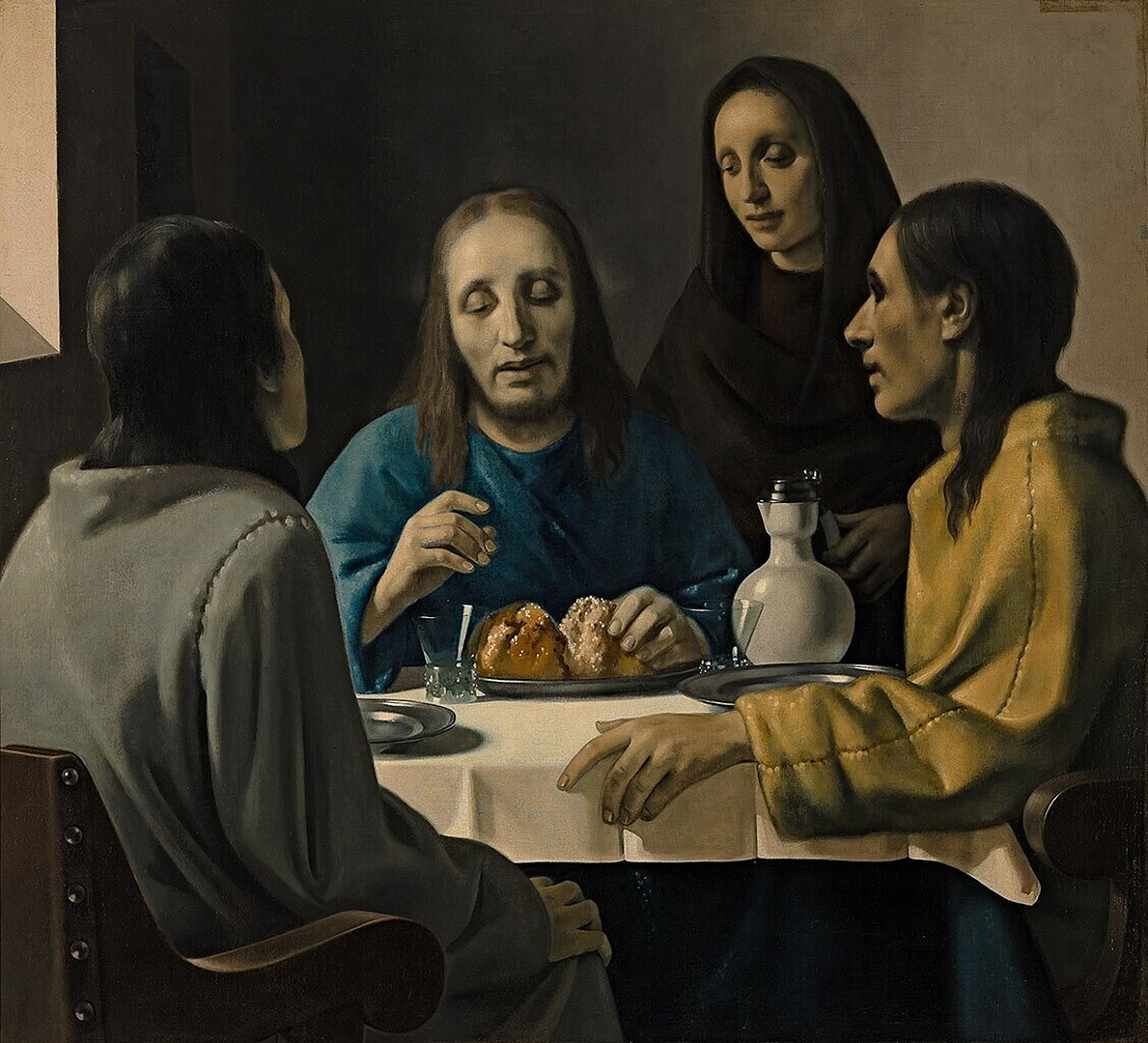
What is the most famous art fraud?
Art fraud has been a persistent issue throughout history, with forgers exploiting the desire for rare and valuable works to deceive collectors, institutions, and experts. Among the many infamous cases of art fraud, the story of Han van Meegeren stands as perhaps the most famous, weaving together themes of artistic genius, moral ambiguity, and the complexities of authenticity in the art world. Van Meegeren’s saga highlights not only the methods and motives of art forgery but also the cultural and historical contexts that allowed such deceit to flourish.
The Mastermind: Han van Meegeren
Han van Meegeren (1889–1947) was a Dutch painter who began his career with aspirations of greatness. However, he struggled to gain recognition for his work. Critics dismissed his paintings as outdated and uninspired, favoring the avant-garde movements of the early 20th century over his traditional style. Frustrated by his inability to achieve the acclaim he felt he deserved, van Meegeren turned to forgery as a way to prove his talent and mock the art establishment.
Van Meegeren’s forgeries were primarily inspired by the works of Johannes Vermeer, the 17th-century Dutch master known for his intimate domestic scenes and luminous use of light. By the early 20th century, Vermeer’s oeuvre was highly prized but limited in number, with only about 34 works attributed to him. This scarcity made his paintings especially valuable and an ideal target for forgery.
The Perfect Forgeries
Van Meegeren’s success as a forger lay in his meticulous attention to detail and his deep understanding of Vermeer’s style and techniques. He studied the master’s works extensively, even going so far as to create his own pigments to replicate the materials available in the 17th century. He used old canvases from lesser-known paintings and mixed his paints with bakelite, an early form of plastic, to mimic the effects of centuries-old varnish.
One of van Meegeren’s most famous forgeries was “The Supper at Emmaus,” which he attributed to Vermeer. The painting depicted a biblical scene and was stylistically consistent with Vermeer’s known works, yet it also incorporated elements that aligned with contemporary interpretations of the artist’s supposed religious themes. This combination of authenticity and innovation convinced even the most discerning experts of its genuineness.
When “The Supper at Emmaus” was unveiled in 1937, it was hailed as a masterpiece and celebrated as a major discovery. The painting was purchased by the Rembrandt Society and displayed in the Boijmans Van Beuningen Museum in Rotterdam. Van Meegeren’s triumph was complete; he had not only duped the art world but also achieved the recognition he had long craved, albeit under Vermeer’s name.
The Nazi Connection
Van Meegeren’s forgeries took on an even more dramatic dimension during World War II. Among his clients was Hermann Göring, one of the highest-ranking officials in Nazi Germany and a fervent art collector. Göring acquired one of van Meegeren’s fake Vermeers, “Christ with the Woman Taken in Adultery,” as part of his extensive looting of European art.
The sale of the forged Vermeer to Göring proved to be van Meegeren’s undoing. After the war, Allied forces investigating the looted art discovered the painting in Göring’s collection. Initially, van Meegeren was accused of collaborating with the Nazis by selling them a Dutch cultural treasure. Facing the possibility of a death sentence, he confessed to the forgery, arguing that he had duped the Nazis rather than aiding them.
The Trial and Legacy
Van Meegeren’s trial in 1947 was a media sensation. His confession shocked the art world and captivated the public, who were fascinated by the audacity and skill of his forgeries. During the trial, he demonstrated his techniques by painting another fake Vermeer in front of witnesses to prove his claims.
Ultimately, van Meegeren was convicted of forgery but received a relatively light sentence of one year in prison, as his actions were seen as a form of resistance against the Nazis. However, he died of a heart attack shortly after the trial, leaving behind a complex legacy.
Ethical and Philosophical Questions
The case of Han van Meegeren raises profound questions about the nature of art, authenticity, and value. If a painting is visually indistinguishable from an original and elicits the same emotional response, does its authorship matter? Van Meegeren’s works were celebrated as masterpieces when believed to be Vermeers, but once exposed as forgeries, they were dismissed as worthless. This dichotomy highlights the extent to which the value of art is tied to its provenance rather than its intrinsic qualities.
Van Meegeren’s forgeries also challenge the role of experts and institutions in shaping our understanding of art. The widespread acceptance of his fake Vermeers revealed the fallibility of connoisseurship and the potential for bias in the authentication process. In this sense, his story is a cautionary tale about the limits of expertise and the susceptibility of even the most knowledgeable individuals to deception.
Broader Implications of Art Fraud
The van Meegeren case is just one example of the many ways in which art fraud can impact the art world. Forgery undermines trust in the authenticity of artworks and can have significant financial and reputational consequences for collectors, galleries, and museums. It also raises concerns about the preservation of cultural heritage, as forgeries can displace genuine works or distort historical narratives.
In recent years, advances in scientific analysis and digital technology have made it more difficult for forgers to succeed. Techniques such as infrared imaging, X-ray fluorescence, and carbon dating can reveal inconsistencies in materials and techniques, providing valuable tools for authentication. However, these methods are not foolproof, and the art market remains vulnerable to sophisticated forgeries.
The story of Han van Meegeren is an evidence to the enduring allure of art and the lengths to which individuals will go to create, acquire, or replicate it. His forgeries, while fraudulent, demonstrate remarkable artistic skill and a deep understanding of the cultural and historical factors that influence perceptions of authenticity and value. By exploring the complexities of his case, we gain a deeper appreciation for the challenges and contradictions inherent in the world of art.
Ultimately, van Meegeren’s tale is more than just a story of deception; it is a reflection on the human desire for beauty, recognition, and meaning. It invites us to question our assumptions about art and to consider the ways in which our understanding of the past is shaped by the stories we choose to believe.




